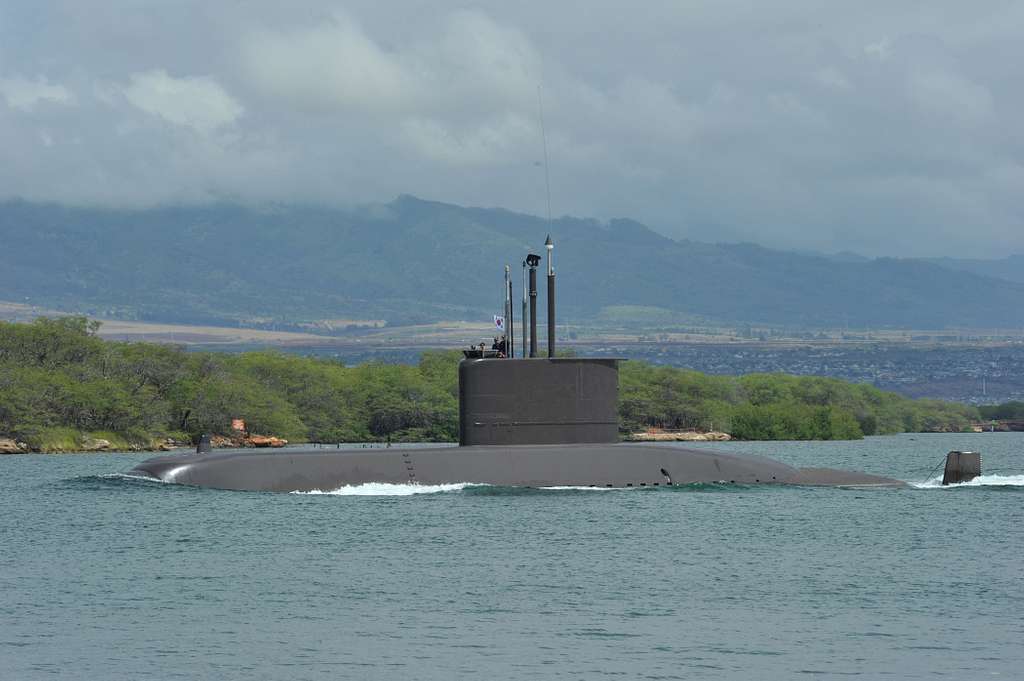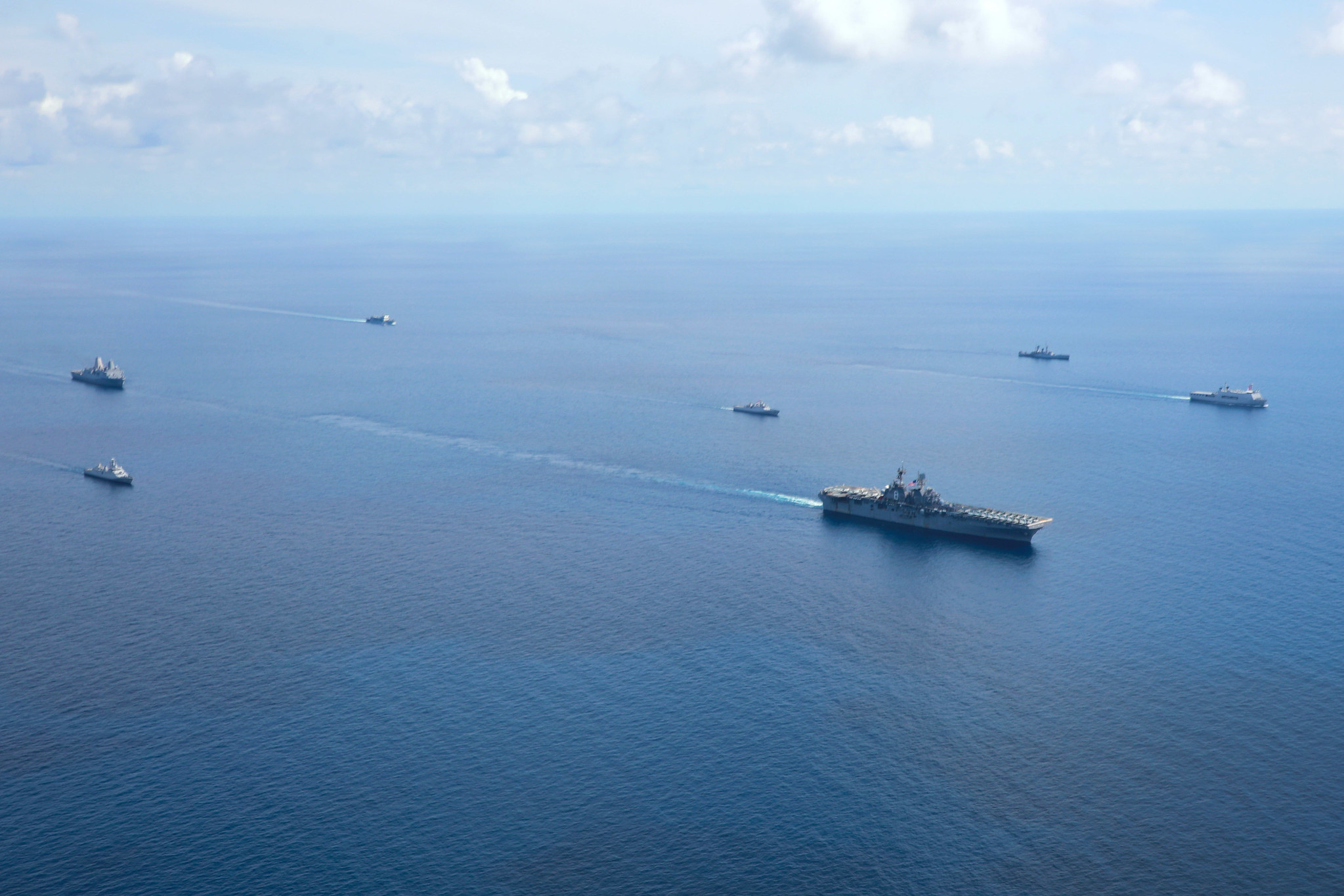AUKUS and Risks of Submarine Proliferation: A preliminary assessment
Download and print the full policy brief.
This policy brief by Dr. Collin Koh, Research Fellow at the Institute of Defence and Strategic Studies, S. Rajaratnam School of International Studies, assesses the implications of AUKUS for submarine proliferation in the Asia-Pacific region.
This policy brief reviews nuclear submarine acquisitions in the Asia-Pacific region since AUKUS was first announced in September 2021. It argues that the expansion of existing nuclear submarine forces (i.e. vertical proliferation) and potential entry of new operating navies preceded AUKUS and were mainly motivated by extant threat perceptions in the neighbourhood. AUKUS may serve as a contributing influence, not necessarily the cause, of this proliferation. Regional countries that cannot afford or are technically disinclined to acquire nuclear naval propulsion may continue to show interest in conventional submarines, or countervailing anti-submarine warfare capabilities.
With or without AUKUS, submarine proliferation appears to become a norm in the region due to geopolitical uncertainties. Existing mechanisms to address the risks of submarine proliferation mainly concern mitigation. Unabated submarine proliferation behoves regional governments to more seriously consider the merits of preventive mechanisms to manage those risks.
Recommendations:
- The high likelihood of arms control failure means that the onus is on regional governments to exercise unilateral restraint in their procurement choices.
- Singapore’s proposal for an underwater code on unplanned encounters at sea (UCUES) would be worth revisiting for more widespread adoption by regional submarine-operating navies.
About the Author
Dr. Collin Koh is Research Fellow at the Institute of Defence and Strategic Studies which is a constituent unit of the S. Rajaratnam School of International Studies, based in Nanyang Technological University, Singapore. He has research interests on naval affairs in the Indo-Pacific, focusing on Southeast Asia. Collin has published several op-eds, policy- and academic journal articles as well as chapters for edited volumes covering his research areas. He has also taught at Singapore Armed Forces professional military education and training courses. Besides research and teaching, Collin also contributes his perspectives to various local and international media outlets and participates in activities with geopolitical risks consultancies.
Disclaimer: The opinions articulated above represent the views of the author(s) and do not necessarily reflect the position of the Asia Pacific Leadership Network or any of its members. APLN’s website is a source of authoritative research and analysis and serves as a platform for debate and discussion among our senior network members, experts, and practitioners, as well as the next generation of policymakers, analysts, and advocates. Comments and responses can be emailed to apln@apln.network.
Image credit: The South Korean navy submarine Nae Dyong (SS 069) is underway during Rim of the Pacific (RIMPAC) 2012. (Japan Maritime Self-Defense Force, Takahiro Ito)



